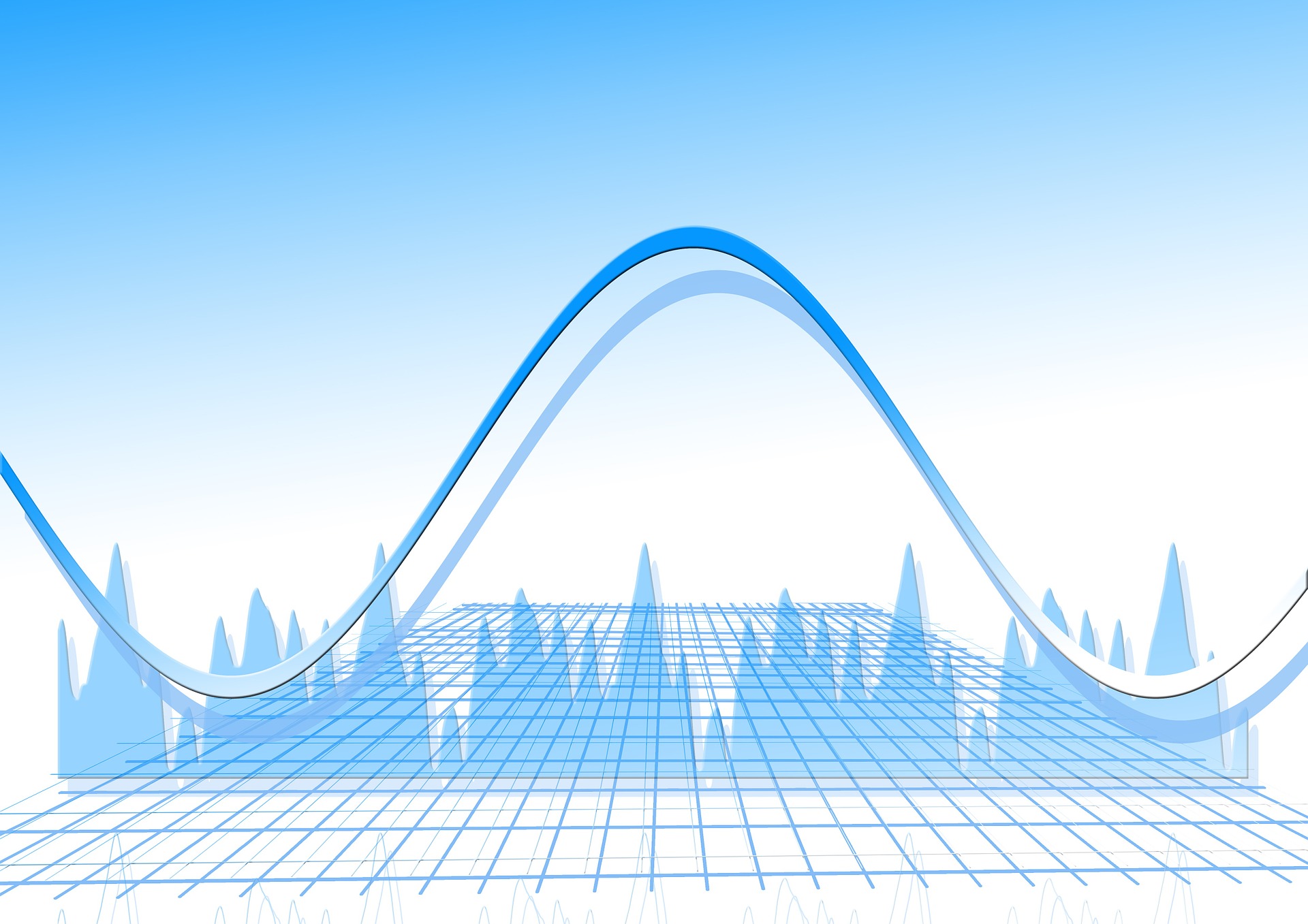In the dynamic world of trading, where uncertainty and volatility are constants, traders seek every possible edge to predict market movements. Two key concepts that have proven invaluable in this regard are seasonality and the study of recurring historical events. By understanding and analyzing these factors, traders can develop more informed strategies that capitalize on predictable patterns and probabilities. This article explores how seasonality and the analysis of past events can enhance trading strategies, with examples from sports, historical conflicts, and more.

Understanding Seasonality in Trading
Seasonality refers to the tendency of certain markets or assets to exhibit predictable behavior during specific times of the year. This phenomenon is rooted in various factors such as weather patterns, business cycles, and consumer behavior. For instance, retail stocks often perform well during the holiday season due to increased consumer spending, while agricultural commodities may fluctuate based on planting and harvest periods.
Example from Sports
The sports betting market provides a clear example of seasonality. In major sports leagues like the NFL or NBA, certain teams or players tend to perform better at specific times of the season. This could be due to factors like player fitness, home-field advantage, or even historical performance trends. By analyzing these seasonal patterns, a bettor can predict when a team is likely to outperform or underperform, allowing for strategic bets that capitalize on these trends.
January Effect
In financial markets, one well-known example is the “January Effect,” where stock prices, particularly small-cap stocks, tend to rise more in January than in other months. This phenomenon is often attributed to tax-loss harvesting in December and subsequent reinvestment in January. By anticipating this trend, traders can adjust their portfolios accordingly to benefit from the anticipated rise in stock prices.
The Power of Historical Event Analysis
The study of past events that tend to repeat themselves offers another valuable tool for traders. Markets are often influenced by a wide range of factors, including geopolitical events, economic data releases, and even natural disasters. By studying how markets have reacted to similar events in the past, traders can better predict future movements.
Another example is the “Sell in May and Go Away” adage, which is based on historical patterns where stock markets tend to underperform during the summer months. By analyzing the data behind this trend, traders can decide whether to reduce their market exposure during these months or adopt a more defensive investment strategy.
Combining Seasonality and Historical Analysis
The real power of these tools lies in their combination. By integrating seasonality with historical event analysis, traders can develop robust strategies that account for both time-based patterns and event-driven volatility. For instance, a trader might observe that a particular stock tends to perform well in the fourth quarter due to seasonal demand but also takes into account that the company has historically underperformed during election years due to regulatory uncertainties. By combining these insights, the trader can make a more nuanced decision about when to buy or sell the stock.
Example from Natural Disasters
Consider the impact of natural disasters on commodities like oil or wheat. By studying the seasonality of hurricane occurrences and their historical impact on oil production in the Gulf of Mexico, a trader can anticipate potential supply disruptions. Similarly, understanding the historical effects of droughts on wheat production can help traders predict price spikes during dry seasons.
Conclusion
Seasonality and the study of recurring historical events are powerful tools that can provide traders with a strategic edge. By analyzing patterns and probabilities, traders can anticipate market movements with greater accuracy, leading to more informed and potentially profitable decisions. Whether it’s predicting stock market trends based on seasonal consumer behavior, or preparing for the market impact of geopolitical events, understanding the past can be key to navigating the future in the ever-evolving world of trading.